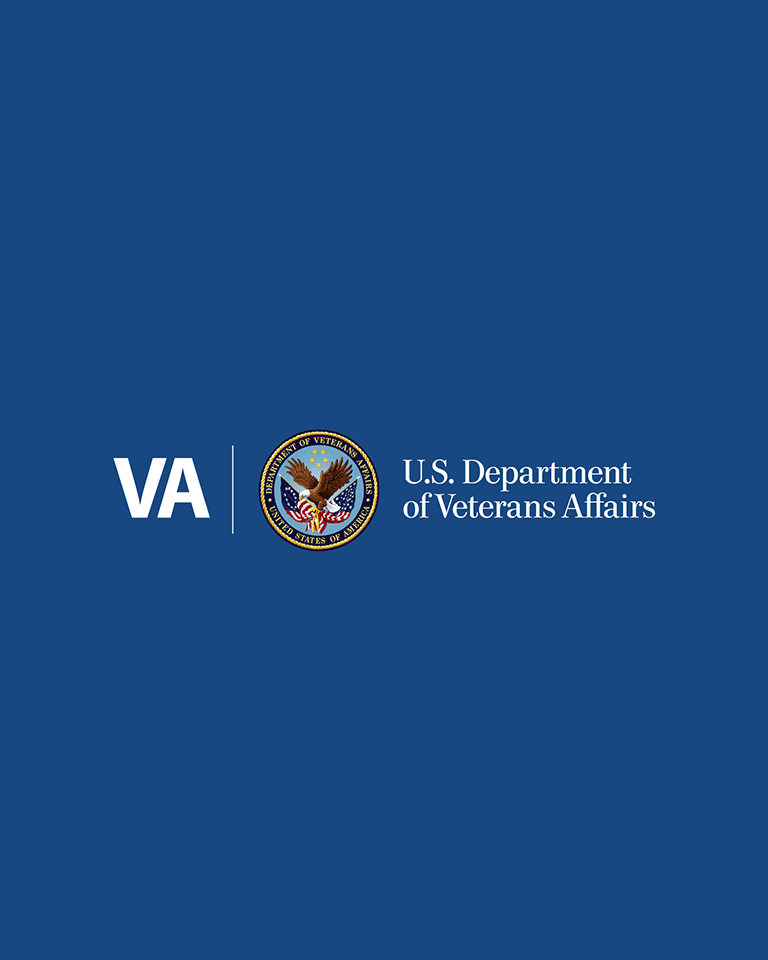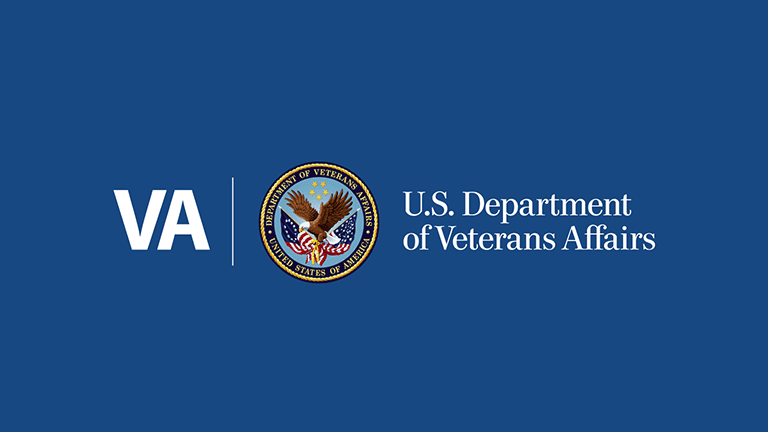VA Secretary announces decision on next-generation Electronic Health Record
Today U.S. Secretary of Veterans Affairs Dr. David J. Shulkin announced his decision on the next-generation Electronic Health Record (EHR) system for the Department of Veterans Affairs (VA) at a news briefing at VA headquarters in Washington.
Secretary Shulkin’s full statement is below.
I am here today to announce my decision on the future of the VA’s Electronic Health Record system, otherwise known as EHR.
I wanted to say at the outset that from the day he selected me for this position, the President made clear that we’re going to do things differently for our Veterans, to include in the area of EHR.
I had said previously that I would be making a decision on our EHR by July 1st, and I am honoring that commitment today.
The health and safety of our Veterans is one of our highest national priorities.
Having a Veteran’s complete and accurate health record in a single common EHR system is critical to that care, and to improving patient safety.
Let me say at the outset that I am extremely proud of VA’s longstanding history in IT innovation and in leading the country in advancing the use of EHRs.
- It was a group of courageous VA clinicians that began this groundbreaking work in the basements of VA’s in the 1970’s that led to the system that we have today, known as the Veterans Health Information Systems and Technology Architecture, or VistA.
- It has been this system that led to the incredible achievements made by VA clinicians and researchers and resulted in VA’s ability to perform as well or better than the private sector in patient safety and quality of care.
That said, our current VistA system is in need of major modernization to keep pace with the improvements in health information technology and cybersecurity, and software development is not a core competency of VA.
I said recently to Congress that I was committed to getting VA out of the software business, that I didn’t see remaining in that business as benefitting Veterans. And, because of that, we’re making a decision to move towards a commercial off-the-shelf product.
I have not come to this decision on EHR lightly.
I have reviewed numerous studies, reports and commissions, on this topic, including the recent commission on care report.
- I’ve spent time talking with clinicians, and I use our legacy VistA system myself as a current practicing VA physician.
- We have consulted with Chief Information Officers from around the country, and I’ve met personally with CEO’s from leading health systems to get their own thoughts on the best next-generation EHR for VA.
- We’ve studied reports from management consulting companies and from the GAO and the IG on VA’s IT systems.
- I can count no fewer than 7 Blue Ribbon Commissions, and a large number of congressional hearings that have called for VA to modernize its approach to IT.
At VA, we know where almost all of our Veteran patients is going to come from — from the DoD, and for this reason, Congress has been urging the VA and DoD for at least 17 years — from all the way back in 2000 — to work more closely on EHR issues.
To date, VA and DoD have not adopted the same EHR system. Instead, VA and DoD have worked together for many years to advance EHR interoperability between their many separate applications — at the cost of several hundred millions of dollars — in an attempt to create a consistent and accurate view of individual medical record information.
While we have established interoperability between VA and DOD for key aspects of the health record, seamless care is fundamentally constrained by ever-changing information sharing standards, separate chains of command, complex governance, separate implementation schedules that must be coordinated to accommodate those changes from separate program offices that have separate funding appropriations, and a host of related complexities requiring constant lifecycle maintenance.
And the bottom line is we still don’t have the ability to trade information seamlessly for our Veteran patients and seamlessly execute a share plan of acre with smooth handoffs.
Without improved and consistently implemented national interoperability standards, VA and DoD will continue to face significant challenges if the Departments remain on two different systems.
For these reasons, I have decided that VA will adopt the same EHR system as DoD, now known as MHS GENESIS, which at its core consists of Cerner Millennium®.
VA’s adoption of the same EHR system as DoD will ultimately result in all patient data residing in one common system and enable seamless care between the Departments without the manual and electronic exchange and reconciliation of data between two separate systems.
It’s time to move forward, and as Secretary I was not willing to put this decision off any longer. When DoD went through this acquisition process in 2014 it took far too long. The entire EHR acquisition process, starting from requirements generation until contract award, took approximately 26 months.
We simply can’t afford to wait that long when it comes to the health of our Veterans.
Because of the urgency and the critical nature of this decision, I have decided that there is a public interest exception to the requirement for full and open competition in this technology acquisition.
Accordingly, under my authority as Secretary of Veterans Affairs, I have signed what is known as a “Determination and Findings,” or D&F, that is a special form of written approval by an authorized official that is required by statute or regulation as a prerequisite to taking certain contract actions.
The D&F notes that there is a public interest exception to the requirement for full and open competition, and determines that the VA may issue a solicitation directly to Cerner Corporation for the acquisition of the EHR system currently being deployed by DoD, for deployment and transition across the VA enterprise in a manner that meets VA needs, and which will enable seamless healthcare to Veterans and qualified beneficiaries.
Additionally we have looked at the need for VA to adopt significant cybersecurity enhancements, and we intend to leverage the architecture, tools and processes that have already been put in place to protect DoD data, to include both physical and virtual separation from commercial clients.
This D&F action is only done in particular circumstances when the public interest demands it, and that’s clearly the case here. Once again, for the reasons of the health and protection of our Veterans, I have decided that we can’t wait years, as DoD did in its EHR acquisition process, to get our next generation EHR in place.
Let me say what lies ahead, as this is just the beginning of the process.
- VA has unique needs and many of those are different from the DoD.
- For this reason, VA will not simply be adopting the identical EHR that DoD uses, but we intend to be on a similar Cerner platform.
- VA clinicians will be very involved in how this process moves forward and in the implementation of the system.
- In many ways VA is well ahead of DoD in clinical IT innovations and we will not discard our past work. And our work will help DoD in turn.
- Furthermore VA must obtain interoperability with DoD but also with our academic affiliates and community partners, many of whom are on different IT platforms.
- Therefore we are embarking on creating something that has not been done before — that is an integrated product that, while utilizing the DoD platform, will require a meaningful integration with other vendors to create a system that serves Veterans in the best possible way.
- This is going to take the cooperation and involvement of many companies and thought leaders, and can serve as a model for the federal government and all of healthcare.
Once again, I want to thank the President for his incredible commitment to helping our Veterans and his support for our team here at the VA as we undertake this important work.
This is an exciting new phase for VA, DOD, and for the country. Our mission is too important not to get this right and we will.
Originally published by Office of Public and Intergovernmental Affairs
More Stories
| March 31, 2025
VA names nine additional facilities that will deploy Federal EHR in 2026
WASHINGTON — The U.S. Department of Veterans Affairs today announced the complete list of additional medical facilities at which it will deploy the Federal Electronic Health Record (EHR) system in 2026 under its accelerated deployment schedule.
| March 6, 2025
VA to complete Federal EHR deployment at nine additional sites in 2026
WASHINGTON — The U.S. Department of Veterans Affairs announced today it will complete deployment of the Federal Electronic Health Record (EHR) system at nine additional medical facilities, bringing the total to go live in 2026 to 13, with complete deployment of the EHR at all VA medical facilities as early as 2031.
| December 20, 2024
VA begins early-stage planning for the next Federal Electronic Health Record rollout in mid-2026, continues ongoing improvement efforts at existing sites
Today, the U.S. Department of Veterans Affairs announced that it is beginning early-stage planning to deploy the Federal Electronic Health Record (EHR) system to four Michigan facilities — Ann Arbor, Battle Creek, Detroit, and Saginaw — in mid-2026.



